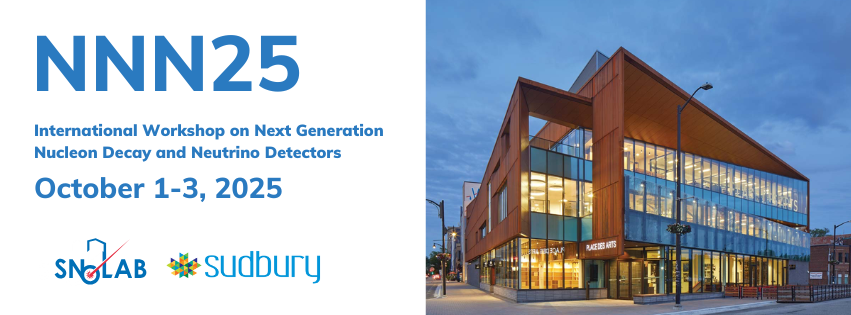Speaker
Description
KM3NeT is a neutrino observatory under construction in the depths of the Mediterranean Sea. Even in partial construction stage its detectors are already operational and collecting data. The observatory comprises two detectors: ARCA, located at 3500 m depth 80 km from Capo Passero, Sicily, and ORCA, located at 2500 m depth 40 km off the coast of Toulon, France. The two detectors are based on the same technical design, with vertical detection units hosting optical modules equipped with multiple photomultiplier tubes, resulting in 3D arrays of sensors for detecting the Cherenkov light induced by the charged particles crossing the instrumented volume. ORCA is built with a denser configuration, in which the planned 115 detection units will span a final volume of 0.007 km^3, and is dedicated to investigating fundamental neutrino properties through the measurement of atmospheric neutrino oscillations in the GeV range. ARCA is optimised for the observation of high-energy neutrinos of astrophysical origin above 100 GeV and, once completed, will consist of 230 detection units spread across one cubic kilometre. Currently, 28 detection units are installed in ORCA and 51 in ARCA. Also other scientific goals can be addressed with KM3NeT, ranging from the measurement of the muon flux at various depths to the study of supernovae, the detection of dark matter, the possibility of Lorentz invariance violation, non-standard neutrino interactions, the possible emission of neutrinos in black hole and neutron star mergers and further multi-messenger observations. This contribution will present an overview of the KM3NeT infrastructure and discuss the first results obtained with both telescopes as well as the outlook to the full potential of the project.
| Submitter Name | Marco Circella |
|---|---|
| Submitter Email | marco.circella@ba.infn.it |
| Submitter Institution | Istituto Nazionale di Fisica Nucleare - Sezione di Bari, Bari, Italy |

